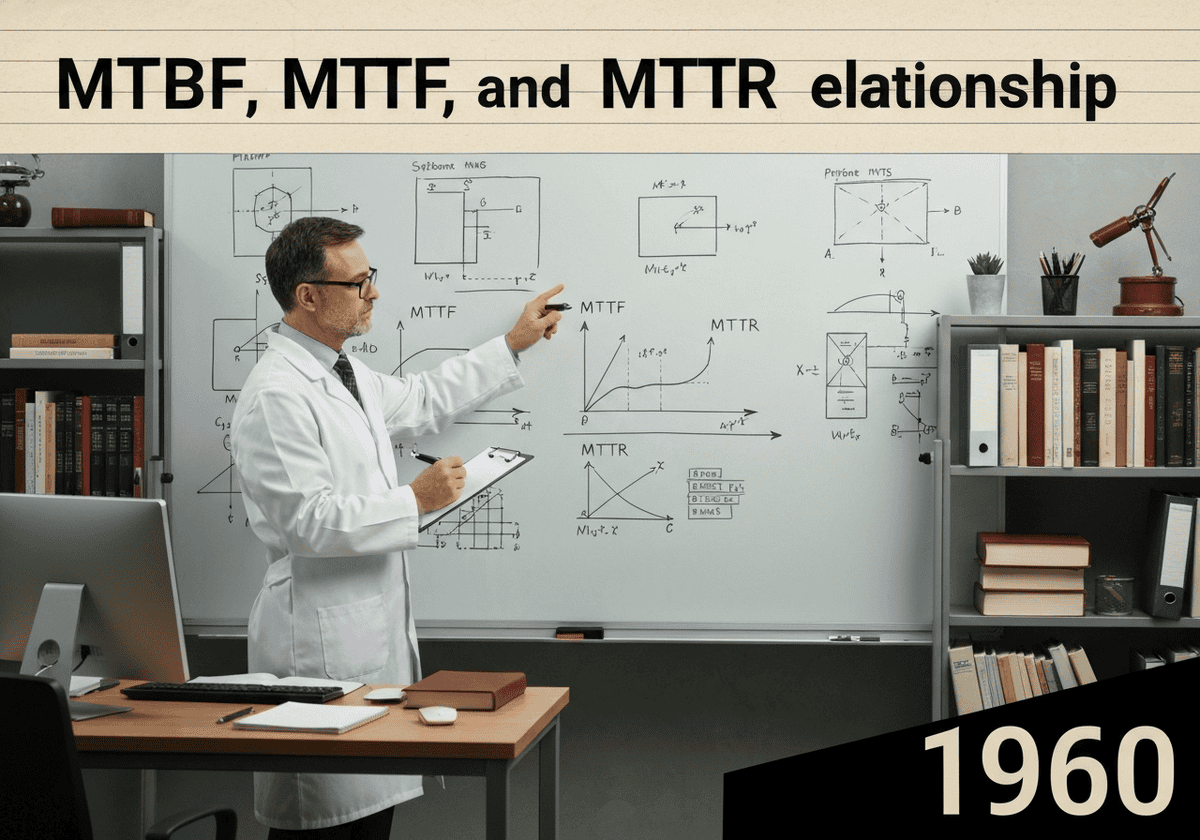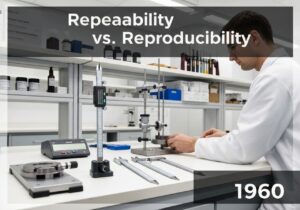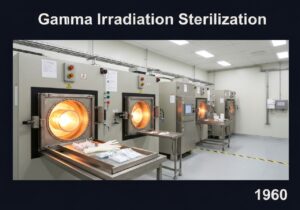For repairable systems, Mean Time Between Failures (MTBF) is the sum of Mean Time To Failure (MTTF) and Mean Time To Repair (MTTR). The formula is [latex]MTBF = MTTF + MTTR[/latex]. MTTF represents the average operational time before a failure, while MTTR is the average time taken to repair the system. This distinction is critical for understanding system availability.
The relationship [latex]MTBF = MTTF + MTTR[/latex] clarifies the full cycle of a repairable system’s life. MTTF (Mean Time To Failure) is the average duration a system operates successfully. MTTR (Mean Time To Repair) is the average time spent in a non-operational state, from the moment of failure until the system is restored to full functionality. This repair time includes fault detection, diagnosis, technician travel, sourcing parts, the actual repair, and verification.
This decomposition is vital for improving system availability. Availability, often expressed as a percentage, can be calculated as [latex]A = \frac{MTTF}{MTTF + MTTR} = \frac{MTTF}{MTBF}[/latex]. To increase availability, one can either increase the MTTF (make the system more reliable) or decrease the MTTR (make repairs faster). For many complex systems, such as a telecommunications network, reducing MTTR through rapid diagnostics and automated recovery is often more feasible than dramatically increasing the inherent reliability (MTTF) of every component.
For non-repairable items, such as a light bulb, the concept of MTTR is irrelevant. Once they fail, they are discarded. Therefore, their reliability is characterized solely by MTTF. The term MTBF is sometimes used interchangeably with MTTF, especially where MTTR is negligible, but this is technically incorrect.





























